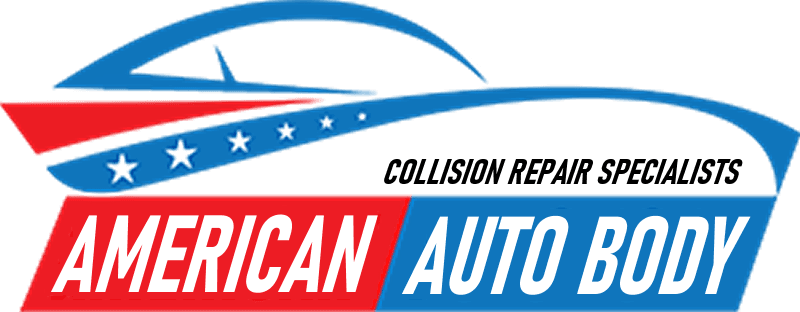The Art of Color Matching: How American Auto Body Ensures a Perfect Paint Refinish Every Time
When it comes to restoring a vehicle after an accident or revitalizing its appearance, achieving a flawless paint refinish is both a science and an art. The process of color matching is a critical component of automotive refinishing, and it requires meticulous attention to detail, deep technical knowledge, and the use of advanced technology. At American Auto Body, color matching is elevated to a fine art, ensuring that every vehicle leaves the shop looking factory-fresh and indistinguishable from its original state.
In this comprehensive guide, we will explore the intricacies of automotive color matching, detailing the advanced methods, tools, and expertise that set American Auto Body apart. Whether you are a car enthusiast, prospective customer, or an industry professional, you will gain valuable insights into the careful orchestration behind every perfect paint refinish.
Understanding the Complexity of Automotive Color Matching
Automotive paint colors are far more complex than they appear at first glance. Every car manufacturer develops proprietary colors, and even the same paint code can yield subtle variations depending on factors such as application technique, lighting, and the age of the vehicle. Metallics, pearls, and tri-coat finishes introduce additional layers of sophistication, creating dynamic visual effects that are challenging to replicate.
Moreover, environmental factors such as sun exposure, weather conditions, and time contribute to color fading and oxidation. This means that even if a technician uses the exact original paint formula, the result may not be a perfect match with the rest of the vehicle. The art of color matching, therefore, involves not just recreating the original formula but also compensating for these external factors to achieve seamless integration between new and existing panels.
The Science Behind Color Matching: Tools and Technology
Modern auto body shops like American Auto Body rely on a combination of traditional craftsmanship and state-of-the-art technology to ensure accuracy in color matching. One of the most vital tools in this process is the spectrophotometer, a device that analyzes the color of the car’s existing paint under various lighting conditions. By capturing the precise color data, including its hue, value, and chroma, the spectrophotometer assists technicians in formulating a custom paint mixture that perfectly aligns with the existing finish.
Additionally, digital paint mixing systems have revolutionized the color matching process. These systems store thousands of OEM paint codes and allow for micro-adjustments to formulas based on the specific requirements of each job. Advanced software algorithms can suggest tint additions or modifications to ensure the closest possible match, reducing human error and streamlining workflow.
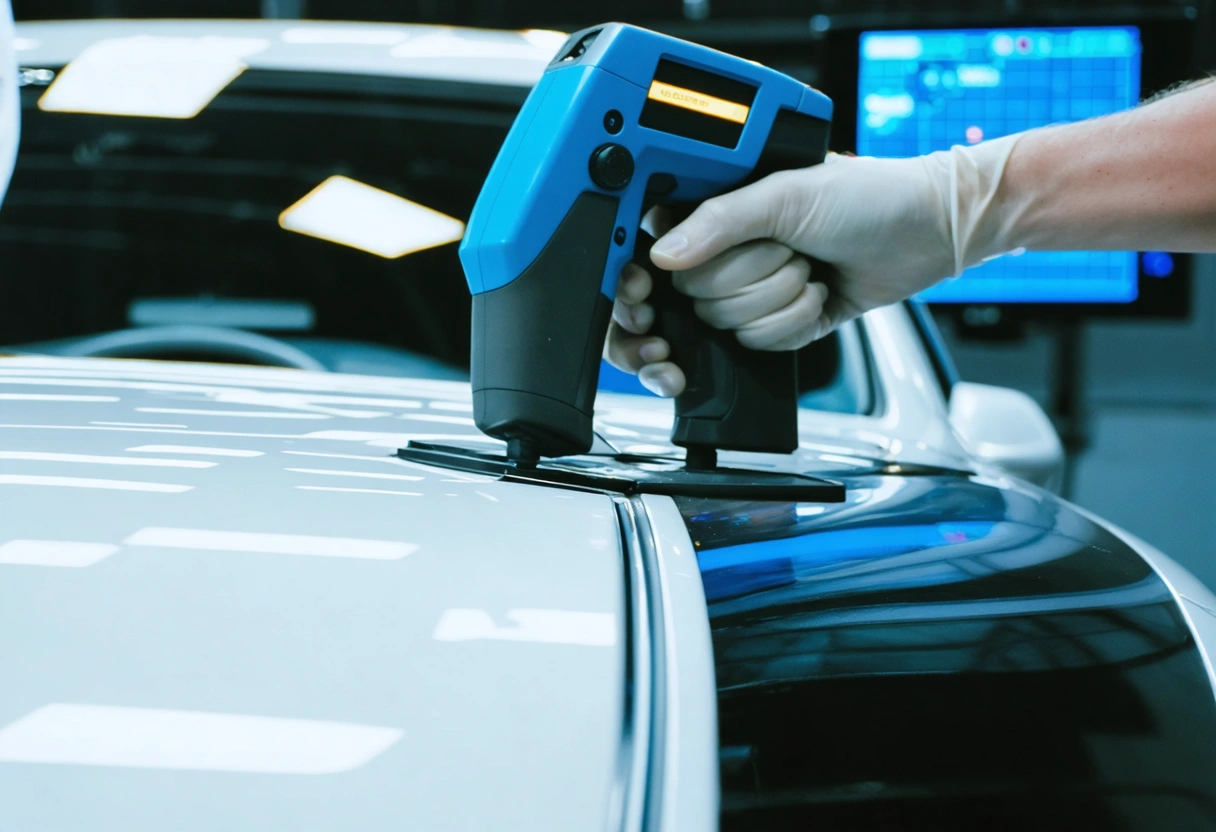
Expertise and Experience: The Human Touch in Color Matching
While technology is indispensable, the expertise of a seasoned paint technician remains irreplaceable. Color perception can be subjective, and even the most advanced instruments cannot fully replicate the discerning eye of an experienced professional. Technicians at American Auto Body undergo extensive training in color theory, application techniques, and the subtleties of different paint types.
These experts use their knowledge to assess factors such as the angle of the vehicle’s panels, the texture of the finish, and the interplay of light and shadow. They may create spray-out cards—small sample panels coated with the custom-mixed paint—to compare against the vehicle under various lighting conditions. Adjustments are made iteratively until the match is virtually invisible to the naked eye.
The Step-by-Step Process of Achieving a Perfect Paint Refinish
Attaining a flawless paint refinish involves several meticulous steps, each contributing to the overall quality and durability of the repair. Here’s a closer look at the comprehensive process that American Auto Body follows:
- Assessment and Preparation: The process begins with a thorough inspection of the vehicle. Technicians evaluate the extent of damage, the type of paint originally used, and any existing color variations. The vehicle is then carefully cleaned and prepped, with damaged panels sanded and primed to create a smooth, uniform surface.
- Color Analysis: Using a spectrophotometer and visual inspection, the technician determines the precise color characteristics of the adjacent panels. Factors such as metallic flake size, pearl orientation, and underlying primer color are considered in the analysis.
- Custom Paint Mixing: Leveraging digital mixing systems, the technician blends a small batch of paint, making micro-adjustments as needed. Spray-out cards are used to test the color against the car under multiple lighting conditions.
- Application: The paint is applied in controlled layers, with attention paid to spray gun settings, ambient temperature, and humidity. Multiple coats may be required to achieve the desired depth and coverage.
- Blending: In many cases, the new paint is blended into adjacent panels to create a seamless transition. This technique, known as paint blending, is essential for hiding any slight differences in color or finish.
- Clear Coating and Polishing: A high-quality clear coat is applied to protect the new paint and restore the vehicle’s gloss. After curing, the area is polished to eliminate any imperfections and ensure a mirror-like finish.
Challenges in Color Matching and How They Are Overcome
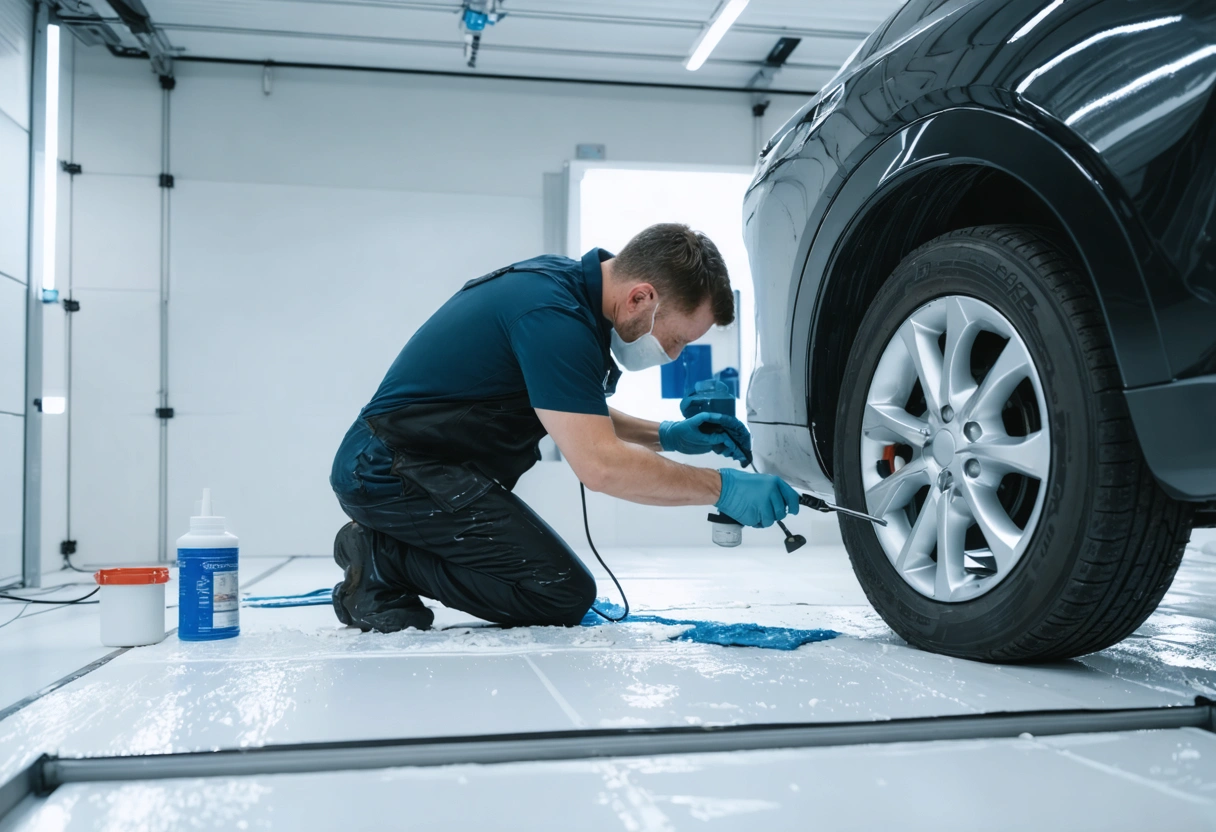
Color matching is fraught with challenges, particularly when dealing with older vehicles, custom finishes, or rare paint colors. Fading, oxidation, and previous non-standard repairs can all complicate the process. Additionally, environmental factors such as lighting, temperature, and humidity can alter the appearance of paint both during and after application.
American Auto Body addresses these challenges through a combination of scientific rigor and creative problem-solving. Technicians are trained to recognize and compensate for color shifts caused by aging or environmental exposure. They may use specialized blending techniques or custom tinting to neutralize unwanted undertones. By meticulously controlling shop conditions and using only top-tier materials, the risk of mismatches is greatly reduced. For more insight into these processes, the Refinish Network offers an in-depth look at advanced color matching strategies employed by leading professionals.
The Role of Lighting and Environment in Color Perception
One of the most often overlooked aspects of color matching is the impact of lighting and environmental conditions on color perception. A color that appears perfectly matched under the fluorescent lights of a workshop may look noticeably different in natural daylight or under street lights at night. This phenomenon, known as metamerism, presents a significant challenge for paint technicians.
To address this, American Auto Body utilizes multiple lighting sources during the color matching process, including daylight-mimicking lamps and color-corrected light booths. By examining paint samples in different environments, technicians can anticipate and correct for metameric shifts, ensuring that the refinished area looks consistent no matter where or when the vehicle is viewed.
Innovations in Automotive Paint and Their Implications for Color Matching
The automotive paint industry is continually evolving, with manufacturers introducing new color effects, eco-friendly formulations, and advanced application processes. Waterborne paints, for instance, have become increasingly popular due to their lower environmental impact and improved safety profile. However, these paints behave differently from traditional solvent-borne systems, requiring adjustments in mixing, application, and drying techniques.
American Auto Body stays at the forefront of innovation by investing in ongoing technician training and the latest equipment. The shop works closely with leading paint suppliers to ensure compatibility and consistency, regardless of the original manufacturer’s specifications. For those interested in the science behind these advances, the Auto Paint Pros provide an excellent resource for understanding the different types of automotive paint and their unique properties.
Quality Assurance: Guaranteeing Long-Lasting Results
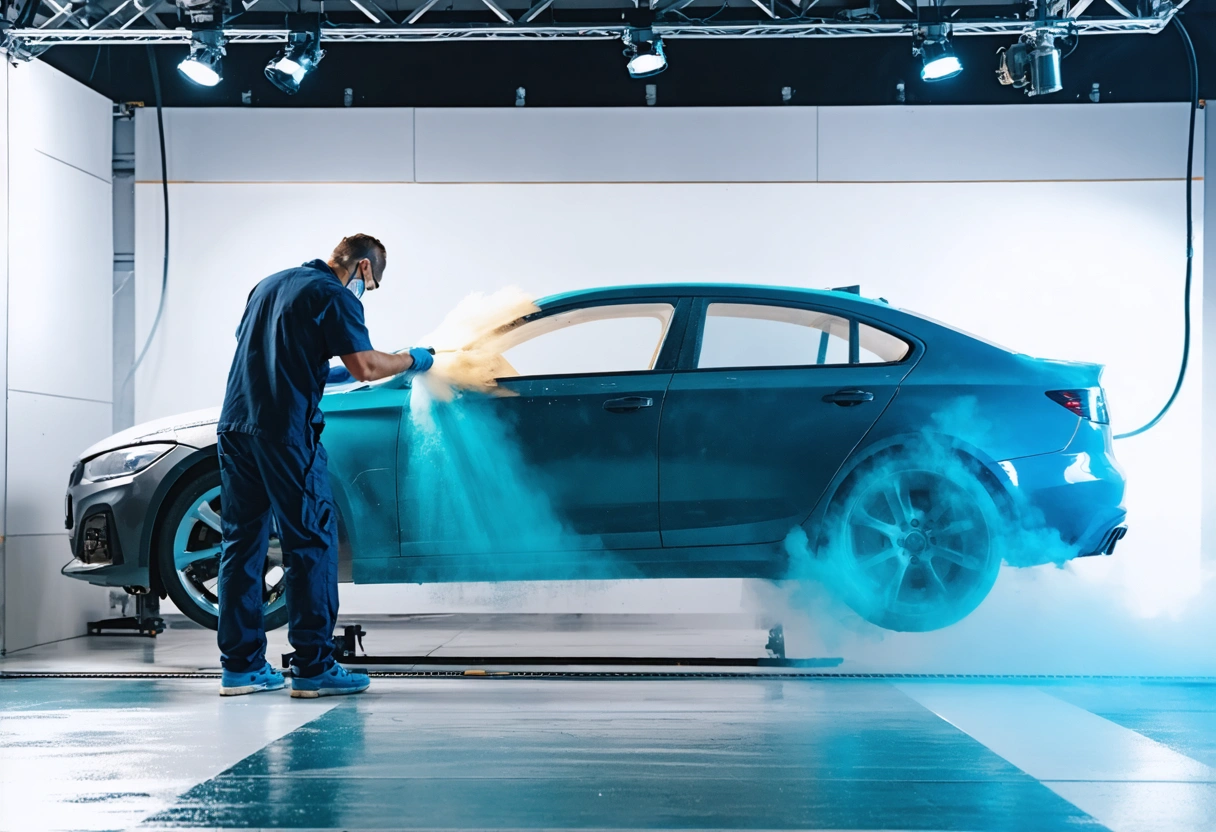
A perfect color match is only valuable if it stands the test of time. American Auto Body is committed to not only achieving an invisible repair but also ensuring the durability and longevity of the finish. This involves using premium-grade paints and clear coats that are resistant to UV radiation, chemicals, and physical abrasion. Strict quality control protocols are followed at every stage, from surface preparation to final inspection.
After refinishing, the shop performs comprehensive checks under various lighting conditions and angles to confirm the match. Customers are provided with care instructions to help maintain the appearance of their vehicle, including tips on washing, waxing, and avoiding environmental hazards. This dedication to excellence is what sets American Auto Body apart in the competitive world of collision repair and refinishing.
The Enduring Value of Expert Color Matching
In the realm of automotive paint and refinishing, color matching is much more than a technical task—it is an art form that requires a harmonious blend of science, technology, and human expertise. American Auto Body exemplifies this commitment to perfection, leveraging advanced tools, skilled professionals, and industry-leading processes to deliver impeccable results every time.
Whether restoring a classic car or repairing a modern vehicle after a collision, the goal remains the same: to create a
seamless, factory-quality finish that enhances the vehicle’s value and preserves its beauty. This commitment to excellence has earned American Auto Body a reputation for reliability and craftsmanship, making them a trusted partner for drivers who demand the very best in automotive paint refinishing.
Ultimately, the art of color matching goes beyond just paint application. It is about understanding the science of color, mastering the use of modern technology, and applying years of hands-on experience to resolve even the most complex refinishing challenges. By staying informed about industry advancements and investing in ongoing education, American Auto Body ensures their technicians are always equipped to meet the evolving needs of today’s vehicles and discerning customers.
Educating Customers: Transparency and Trust in the Refinishing Process
At American Auto Body, educating customers is a cornerstone of service. Many vehicle owners are understandably concerned about whether a repair will be noticeable or if their car will ever look “right” again. By providing clear explanations of the color matching process, the shop instills confidence and helps customers make informed decisions about their repairs.
This transparency extends to discussing the steps involved, the expected outcome, and the limitations posed by certain finishes or materials. Customers are encouraged to ask questions and even observe aspects of the process, reinforcing the shop’s commitment to honesty and integrity. For those who wish to dive deeper into the science behind automotive paint, resources like the Axalta Refinish Color Information page offer a wealth of educational material on the principles and practices of professional refinishing.
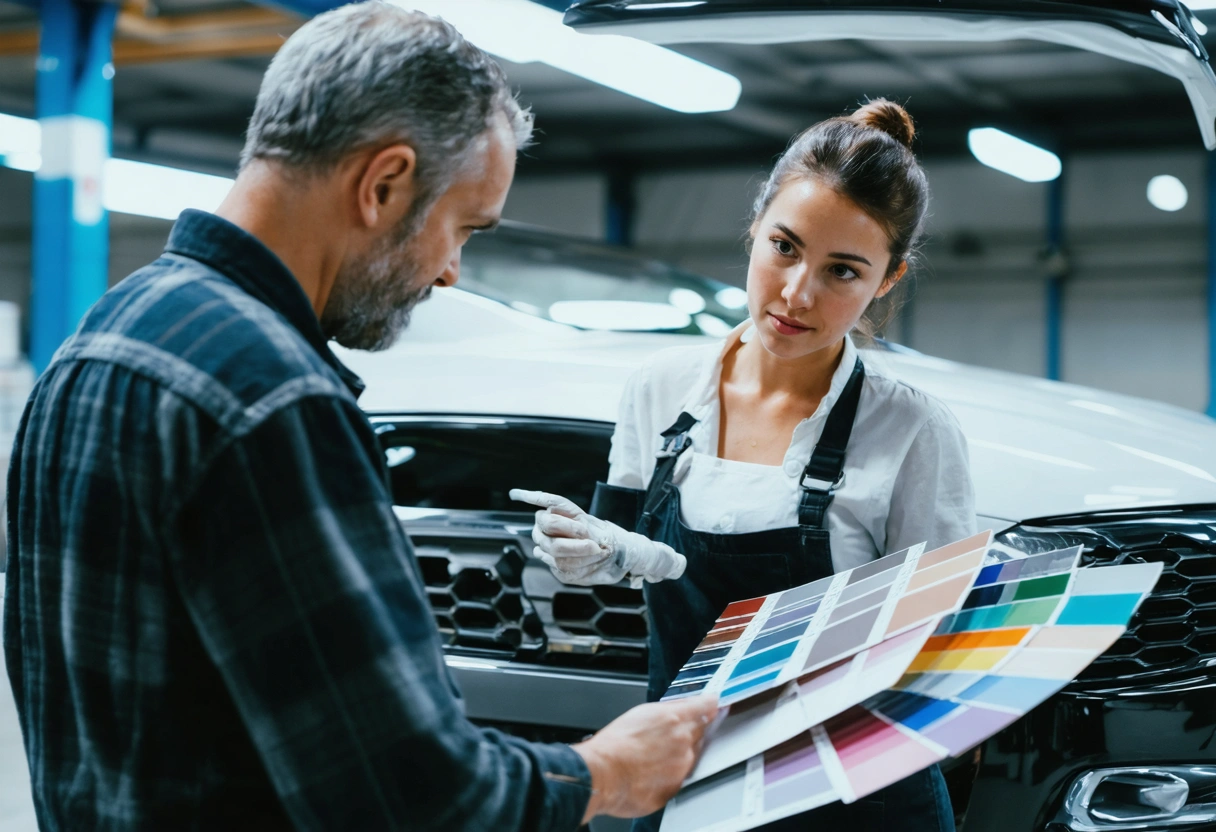
Custom and Specialty Color Matching: Beyond Factory Finishes
While matching OEM colors is a significant part of the business, American Auto Body also excels in custom and specialty paint jobs. Whether a customer desires a unique color, a matte or satin finish, or even intricate graphics and striping, the shop’s technicians are well-versed in the additional complexities these requests introduce.
Custom color matching involves not only formulating new colors but also ensuring consistency across multiple panels and over time. Specialty finishes may require specific primers, base coats, or clear coats to achieve the desired effect. The technicians’ ability to replicate or create one-of-a-kind looks demonstrates the breadth of their expertise in automotive refinishing. Specialty jobs also demand a higher level of creativity and collaboration with the client, ensuring the final result matches their vision precisely.
The Importance of Ongoing Training and Certification
As automotive paints, tools, and techniques continue to evolve, so too must the skills of those in the industry. American Auto Body invests heavily in continuing education and certification for its technicians. Regular training sessions ensure familiarity with new paint systems, environmentally friendly products, and advancements in color matching technology.
Many technicians pursue certification from recognized organizations such as I-CAR or ASE, which provide rigorous instruction on the latest industry standards. Staying current with best practices not only improves the quality of each repair but also ensures compliance with environmental and safety regulations. This focus on education ultimately benefits the customer by guaranteeing that every member of the team is equipped to deliver top-tier results using modern methods.
Why Perfect Color Matching Matters: Resale Value and Customer Satisfaction
The importance of flawless color matching cannot be overstated. A mismatched panel or poorly blended repair can be immediately apparent, detracting from the overall appearance of the vehicle and diminishing its resale value. Discerning buyers often inspect for inconsistencies in paint when purchasing a used car, and a visible repair can raise concerns about the vehicle’s history and the quality of previous repairs.
Conversely, a seamless paint refinish restores not just the look but also the confidence of the vehicle owner. It preserves the car’s aesthetic appeal, maintains its value, and ensures the repair is undetectable to even the most trained eye. This dedication to perfection is a hallmark of reputable auto body shops and a key reason why so many customers return to American Auto Body for all their paint and refinishing needs.

Environmental Responsibility in Paint Refinishing
Modern auto body shops have a responsibility to consider the environmental impact of their operations. American Auto Body leads by example through the adoption of waterborne paints, advanced filtration systems, and responsible waste management practices. Waterborne paints, in particular, reduce volatile organic compound (VOC) emissions and contribute to a safer working environment for technicians and the community.
Additionally, the shop utilizes energy-efficient equipment and recycles solvents and other materials whenever possible. By aligning their practices with EPA guidelines for auto body shops, American Auto Body demonstrates that sustainability and superior results can go hand in hand. This approach not only protects the environment but also reassures customers who value eco-friendly business practices.
Final Thoughts: Excellence in Every Detail
The art of color matching is the foundation of expert automobile paint and refinishing. At American Auto Body, every step in the process is executed with precision and care, from initial assessment to final inspection. The shop’s commitment to advanced technology, skilled craftsmanship, and ongoing education enables it to deliver results that meet and exceed customer expectations.
Whether restoring the brilliance of a daily driver or perfecting the finish on a cherished classic, American Auto Body treats every project with the pride and professionalism it deserves. In a world where details matter, their unwavering pursuit of perfection ensures that every vehicle leaves the shop looking its absolute best—today and for years to come.
Need help with The Art of Color Matching: How American Auto Body Ensures a Perfect Paint Refinish Every Time?
